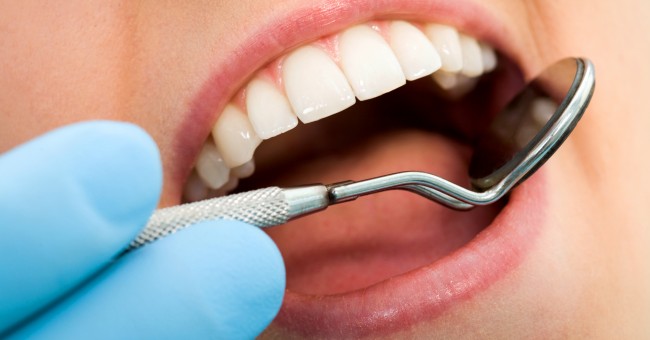Signing syndrome secondary complication of pulp reached. The severity and treatment of dental infections depend on their evolution: localized to the infected tooth, extended to adjacent anatomical structures, or diffuse infections.
Clinical features and treatment:
Localized infection in the tooth and its surroundings (acute dental abscess)
– Intense and continuous pain.
– On examination: swelling limited to the causal tooth. Suppuration can either by the root canal, or in the periodontal ligament (with tooth mobility) or transosseous path (fistulizing gingiva). No signs of local extension; no overhead signs.
– Treatment:
• Treatment is only surgical (the infection is inaccessible to antibiotics): disinfection of the pulp canal if possible or extraction of tooth.1.
• Pain: paracetamol or ibuprofen PO.
Tract infection to adjacent anatomical structures (acute dento-alveolar abscess)
Local extension of an acute dental abscess with bone and tissue.
– Painful inflammatory swelling of the gums and cheeks (dental inflammation).
Evolution to hot abscess: intense pain, trismus more marked as the tooth is later, the presence of constitutional symptoms (fever, fatigue, cervical lymphadenopathy).
– In case of acute gangrenous cellulitis (crepitus on palpation), treat as infection spreads Neck.
– Treatment:
• On the surgical approach: incision-drainage of the pus or extraction of the tooth 1.
• Then antibiotic treatment for 5 days after the dental procedure: PO amoxicillin
Children: 50 mg / kg / day in 2 divided doses
Adult: 2 g / day in 2 divided doses
Remarks:
If the dental procedure should be delayed (local anesthesia annoying inflammation, excessive lockjaw), start with antibiotic treatment, but always carry out the dental procedure in the following days.
If no improvement within 48 to 72 hours after the dental procedure, do not change antibiotic, but start again on the tooth.
• Pain: paracetamol or ibuprofen PO.
* 1 For techniques of dental extraction, see the Minor Surgical Procedures Guide in isolation, MSF.
Head and neck infections diffuse:
– Cellulite extremely serious, with rapidly spreading cervical or facial tissue necrosis associated with septicemia.
– Treatment:
• support in intensive care.
• massive antibiotics.
• tooth extraction 2.
* 2 For techniques of dental extraction, see the Minor Surgical Procedures Guide in isolation, MSF.

Leave a Reply